Stun Guns
-
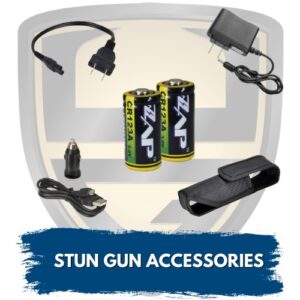
Accessories8 Products
-
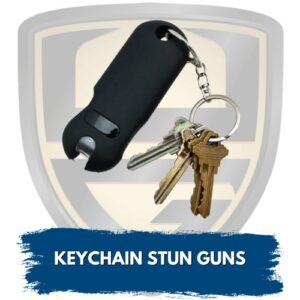
Keychain Stun Guns15 Products
-

Stun Gun Pens11 Products
-

All Stun Guns184 Products
-
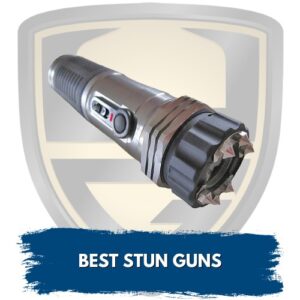
Best Stun Guns109 Products
-
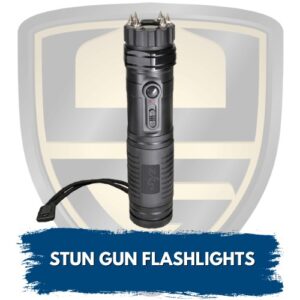
Stun Gun Flashlights63 Products
-
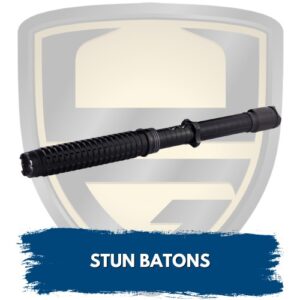
Stun Batons21 Products
-

Lipstick Tazers10 Products
-
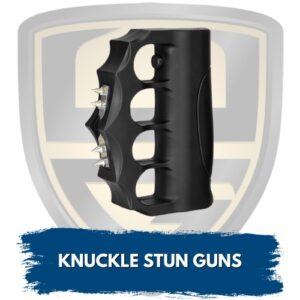
Knuckle Stun Guns26 Products
-
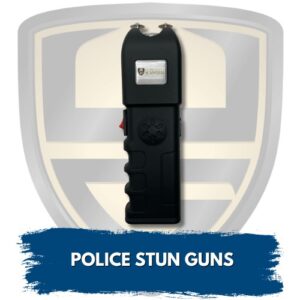
Police Stun Guns51 Products
-

Mini Stun Guns115 Products
-

Women Stun Guns161 Products
-

Phone Tazers4 Products
-

Pink Stun Guns44 Products
-
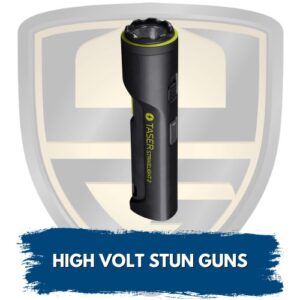
High Volt Stun Guns177 Products
-
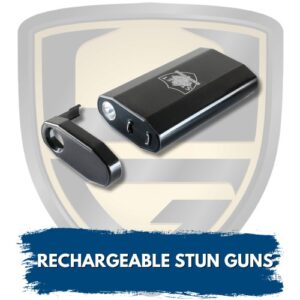
Rechargeable Stun Guns171 Products
Stun Guns For Sale – Should You Buy A Stun Gun?
If you’re considering buying a stun gun for self-defense, there are a few things to keep in mind. First and foremost, it’s essential to understand how stun guns work. These devices deliver an electric shock that temporarily immobilizes the attacker by disrupting their muscular system, creating intense pain and numbness. While some argue that stun guns are effective tools for personal safety, others question their overall reliability.
When it comes to the cost of stun guns, prices can vary significantly depending on the brand, features, and quality. Quality built basic models can range from $20 to $50 while more advanced ones with additional functionalities may cost upwards of $200. However, remember that investing in your safety is invaluable; thus, purchasing a reliable stun gun model, brand that is supported by a knowledgeable reputable source should be a priority.
As for where to buy a stun gun, it’s crucial to consider reputable sellers who offer high-quality products along with good customer service. Conduct thorough research before proceeding with any purchase. Consider the brand, stun gun type, color, and styles of stun gun models. The seller needs to be knowledgeable about all the stun gun models they offer. Consider a stun guns warranty, return policy and a reputable stun gun company always offers a purchase satisfaction guarantee that backs the products they sell, and can provide insights into the product’s efficacy and durability. Additionally, ensuring that you are familiar with local laws regarding stun gun ownership is essential before making your final decision.
What Are Stun Guns & How Effective Are Stun Guns?
Stun guns have gained popularity as effective self-defense weapons, but many people still wonder what exactly they do and whether they truly work. Well, let’s shed some light on these questions. A stun gun is a less-lethal electroshock device that delivers a high-voltage current that delivers milliamp electric shock to temporarily incapacitate an attacker. When the stun gun contacts the person’s body, it disrupts the electrical signals sent from the brain to the muscles, causing a loss of balance, pain, numbness and minor muscle control.
But do stun guns work? The short answer is yes. Direct contact stun guns have been used by law enforcement agencies worldwide for years because of their effectiveness in incapacitating individuals without causing lasting harm. These devices are designed to deliver enough voltage to immobilize an attacker temporarily, giving you enough time to escape and seek help if needed. However, it’s important to note that stun guns may be more effective on some individuals than others depending on factors such as pain tolerance or drug use.
For those considering purchasing a stun gun for personal protection, choosing one that is rechargeable can offer several advantages. Rechargeable stun guns often come with built-in batteries that can be easily recharged using standard outlets or USB ports. This eliminates the need for replacing expensive batteries regularly and ensures your device is always ready for use when you need it most. Additionally, rechargeable stun guns are typically compact and easy to carry discreetly, making them suitable for various self-defense situations.
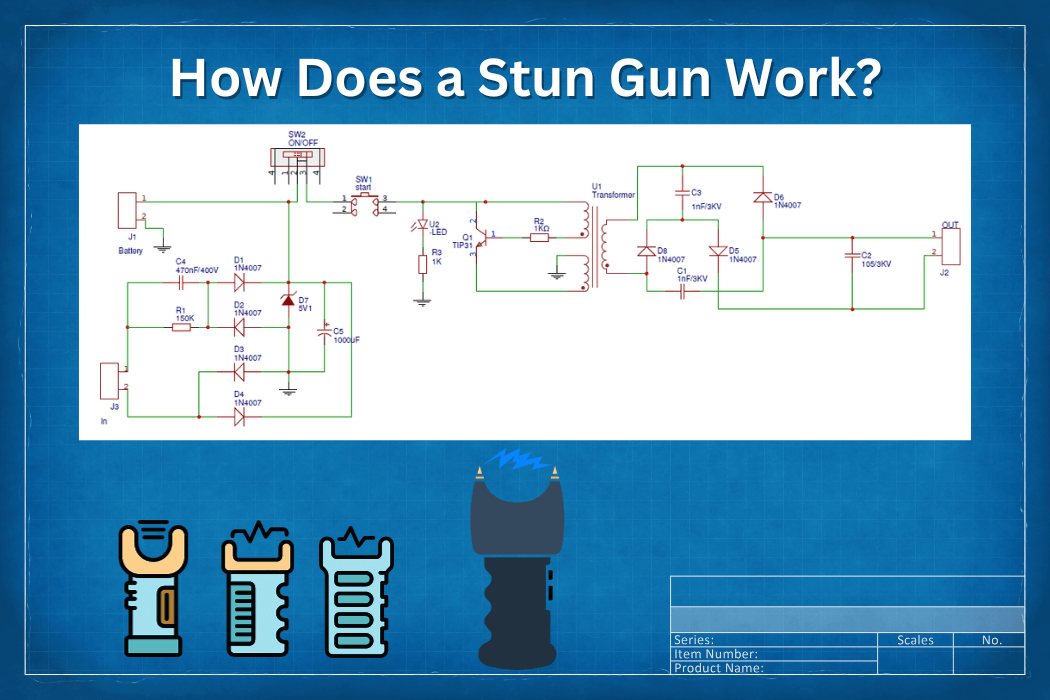
How Do Stun Guns Work?
A stun gun, as a self-defense device, operates by delivering an electric shock to temporarily immobilize an attacker. At the core of its functionality lies the concept of a step-up transformer. This key component boosts the available voltage to create a high-intensity electric discharge. The step-up transformer works by increasing the input voltage while decreasing the output current, resulting in a powerful electrical charge that can incapacitate but not harm. When activated, the stun gun draws power from its internal battery and passes it through electronic circuitry that includes capacitors and transistors. These components play a crucial role in controlling and transforming electricity to generate those necessary high volts & amps for self-defense purposes.
The primary objective of this process is to momentarily disturb the attacker’s nervous system without causing any permanent damage. By overriding their muscle control signals with a sudden surge of electrical energy, stun guns effectively disable attackers and provide individuals with enough time to escape potential danger.
Understanding how a stun gun works empowers users to make informed decisions about personal safety in potentially threatening circumstances. The utilization of step-up transformers and controlled electrical discharge highlights the importance of non-lethal alternatives for self-protection in today’s society.
What Is The Stun Gun High Voltage Output? Stun guns may appear menacing, but their operation is based on simple yet intriguing principles of physics. The high voltage required to immobilize an attacker is generated by using a step-up transformer coupled with a few additional components. In order to boost the output voltage, a low-voltage DC power source, typically provided by batteries, is used. This DC current is then passed through the primary winding of the transformer which induces a much higher voltage across the secondary winding through electromagnetic induction.
It’s important to understand that while stun guns generate high voltage, it is not solely responsible for inflicting pain upon the target. Instead, it is the milliamps of current flowing through the body that causes muscle contractions and loss of control. Voltage simply acts as a driving force behind this current flow. To ensure safety and comply with legal regulations, stun gun manufacturers limit their devices to produce relatively low currents in the range of 3-4 milliamps. This level effectively immobilizes an attacker without causing serious injury or long-term harm.
In conclusion, stun guns owe their effectiveness to both high voltage and controlled current flow. While high voltage generates electrical potential and serves as a means for pushing currents into a person’s body during an attack, it’s ultimately milliamps that deliver painful muscle contractions and temporary incapacitation. By understanding this subtle yet vital distinction between volts and amps in stun gun operation, we gain insight into how these devices effectively protect individuals without causing excessive harm or permanent damage to assailants.
What Is A Stun Guns Amperage? When it comes to stun guns, understanding the relationship between amperage and voltage is crucial. Amperage refers to the flow of electrical current, while voltage represents the force behind that flow. It’s important to note that it is not the voltage itself that incapacitates an attacker – rather, it’s the amperage delivered by it. The amperage of a stun gun is typically measured in milliamps (mA). Police-grade stun guns usually deliver anywhere from 1 to 4 milliamps of current. Interestingly, studies have shown that just a few mA can be enough to temporarily disrupt muscle control and cause intense pain without causing any lasting damage or harm.
This low level of amperage helps ensure that stun guns remain legal for personal use in most places around the world. The overall effectiveness of a stun gun primarily depends on its ability to deliver a high voltage shock quickly and efficiently. By delivering just enough amperage along with this powerful electrical jolt, stun guns are able to incapacitate an attacker temporarily and provide valuable time for escape or self-defense.
What Is A Stun Gun Microcoulombs (μC)? Chart Measurement? When it comes to stun guns, understanding the concept of microcoulombs (μC) can shed light on their stopping power. A microcoulomb (μC) is a unit that measures electrical quantity and represents the millionth part of a coulomb. It serves as a crucial indicator of how much charge is delivered by a stun gun to temporarily incapacitate an individual.
To put this into perspective, imagine you have two stun guns: one with a rating of 200,000 microcoulombs (μC) and another with 400,000 microcoulombs (μC). At first glance, it may seem like the latter packs twice the punch. However, simply comparing numbers on their own can be misleading. To truly gauge their effectiveness, it is important to look beyond just the measurement.
A helpful way to understand microcoulombs (μC) in relation to stun guns is by referring to a chart that rates various devices based on this metric. This visual representation allows you to see where different models fall within the spectrum of electrical charge delivery. Remember though, while having more microcoulombs (μC) generally means greater effectivity, other factors such as voltage and design also play significant roles in determining how effectively a stun gun can incapacitate an attacker.


